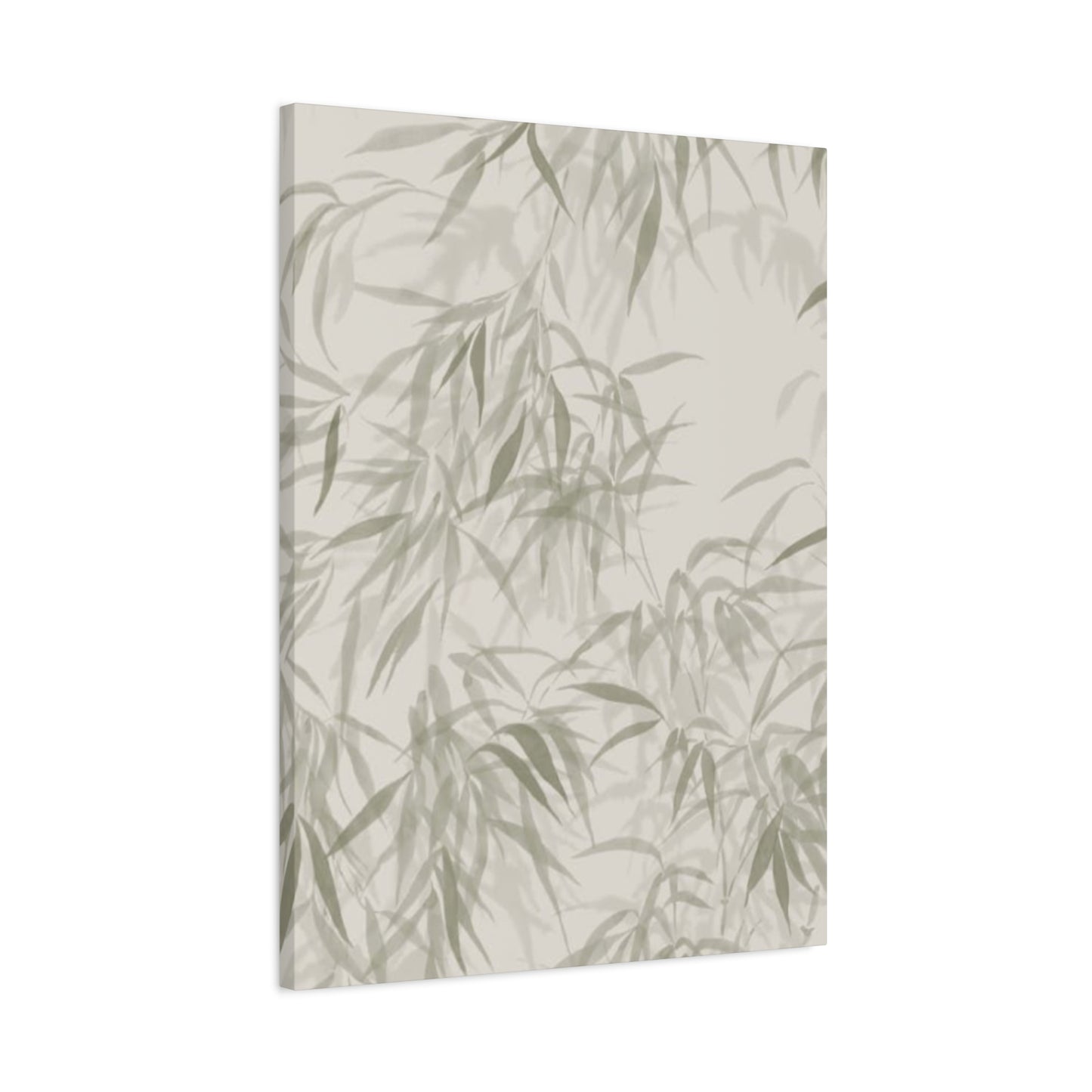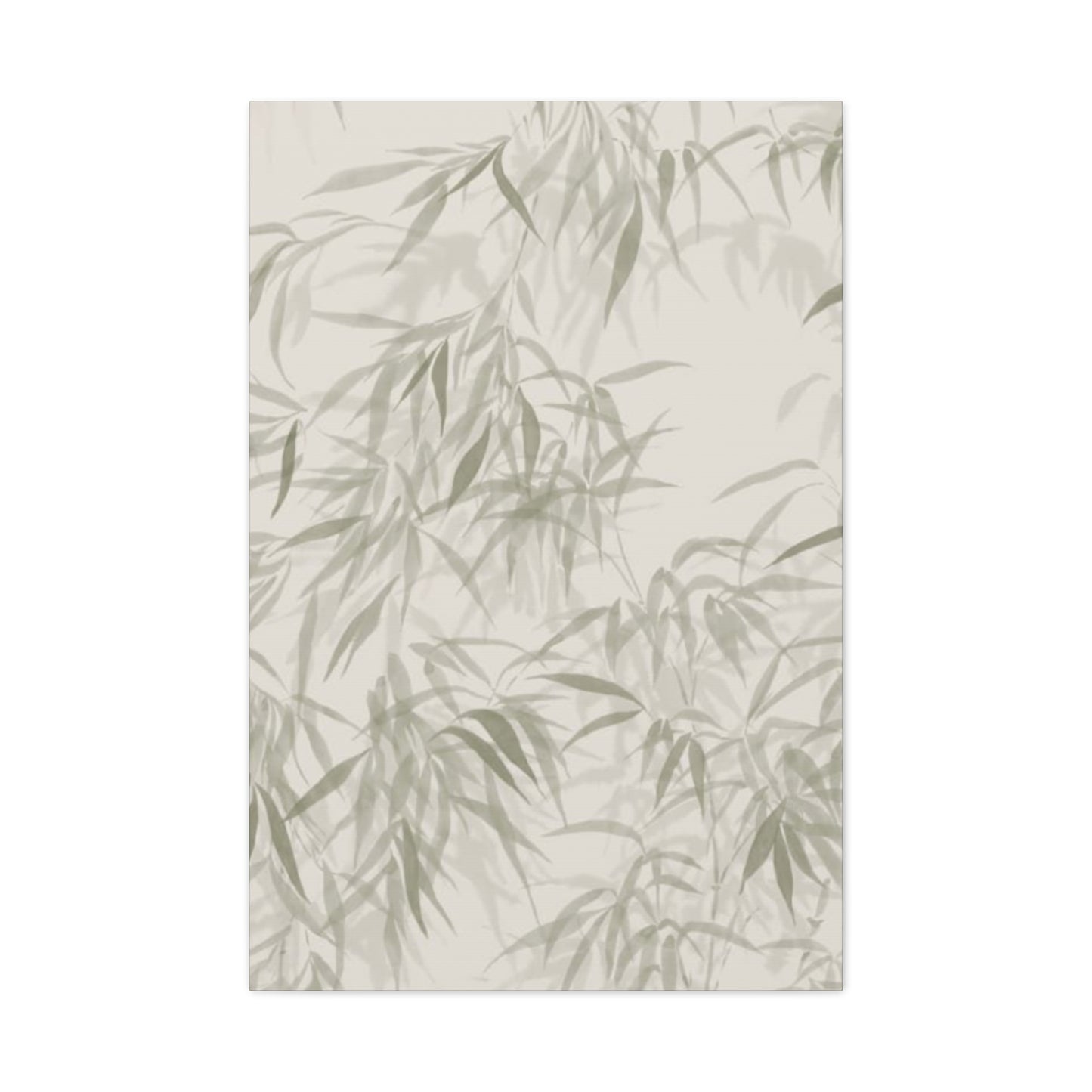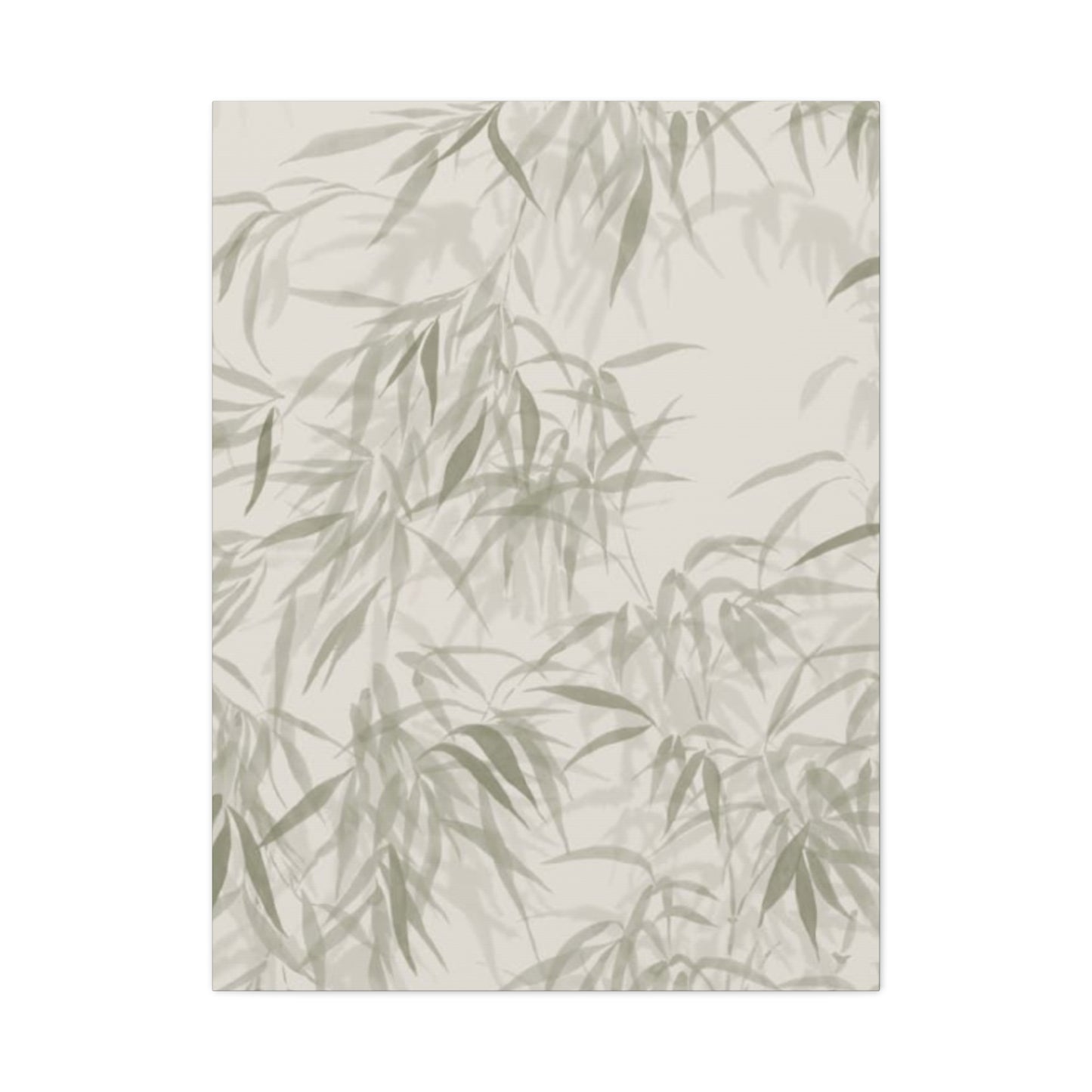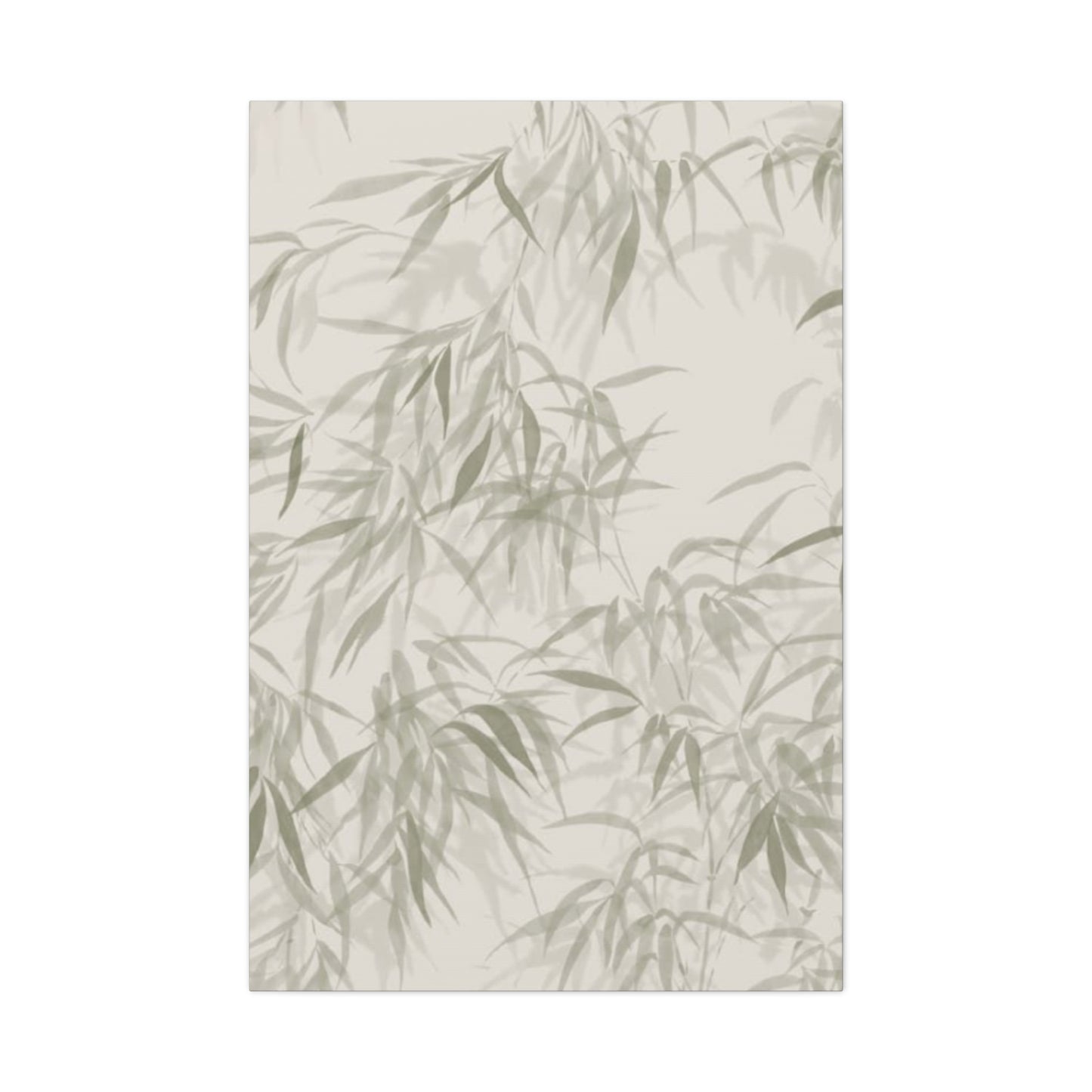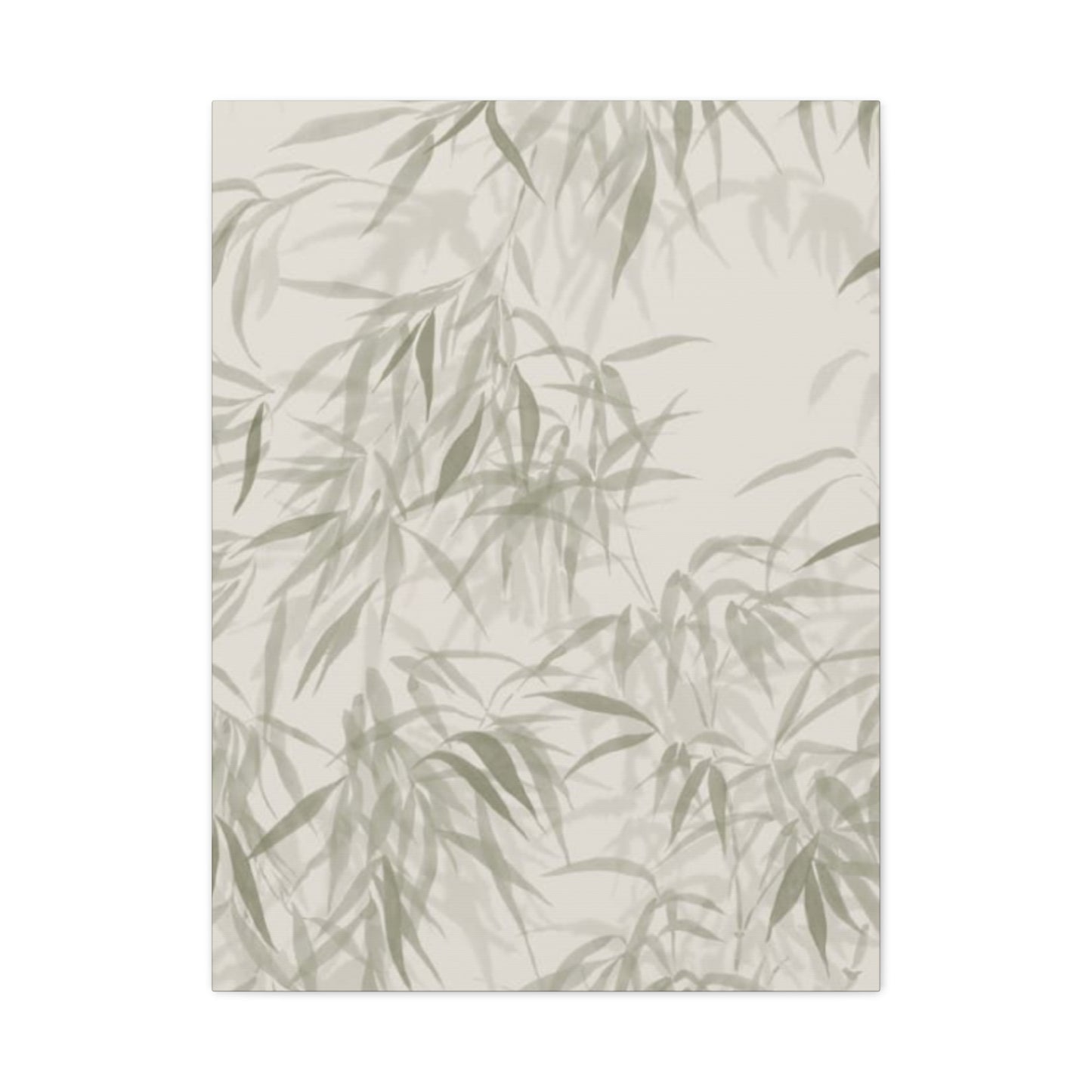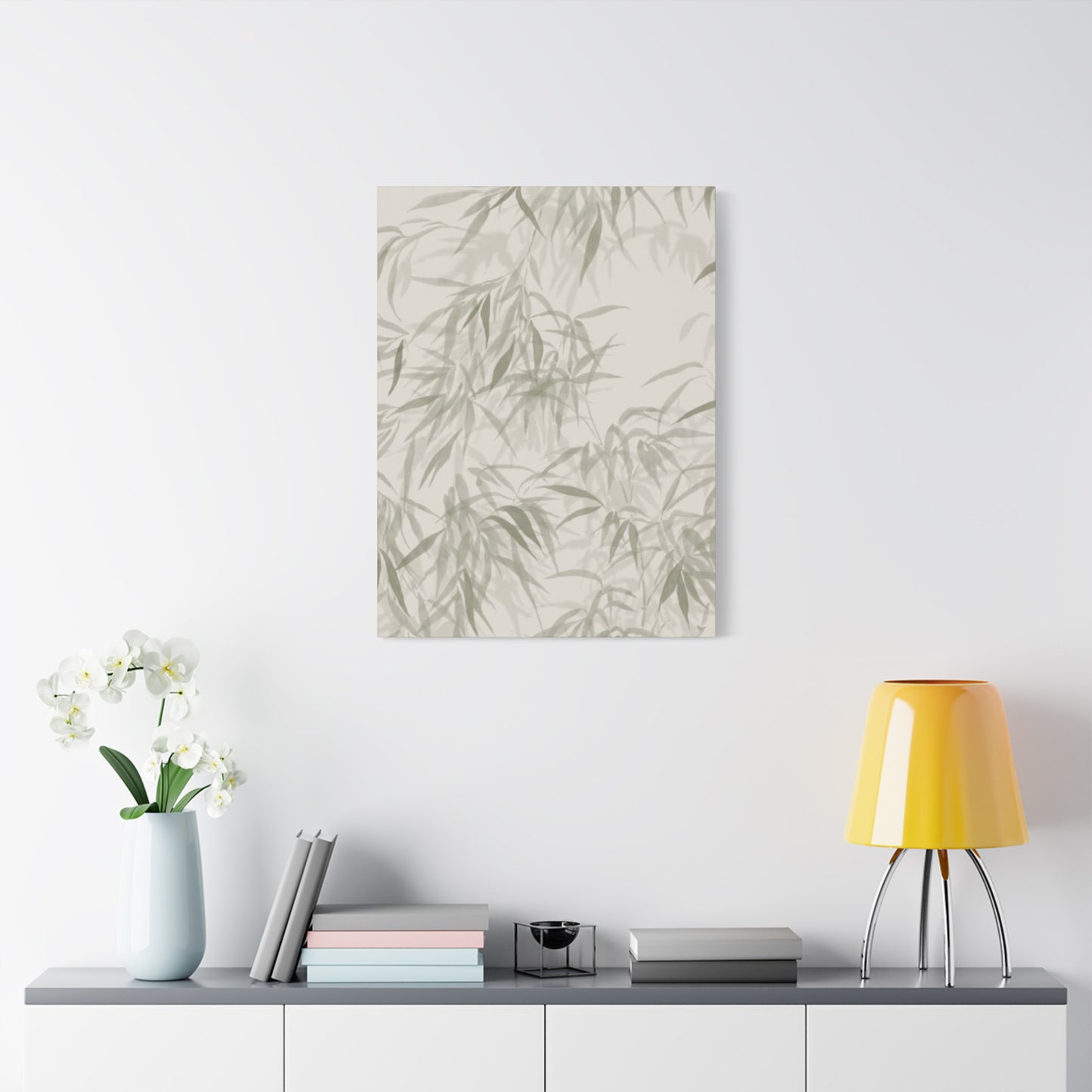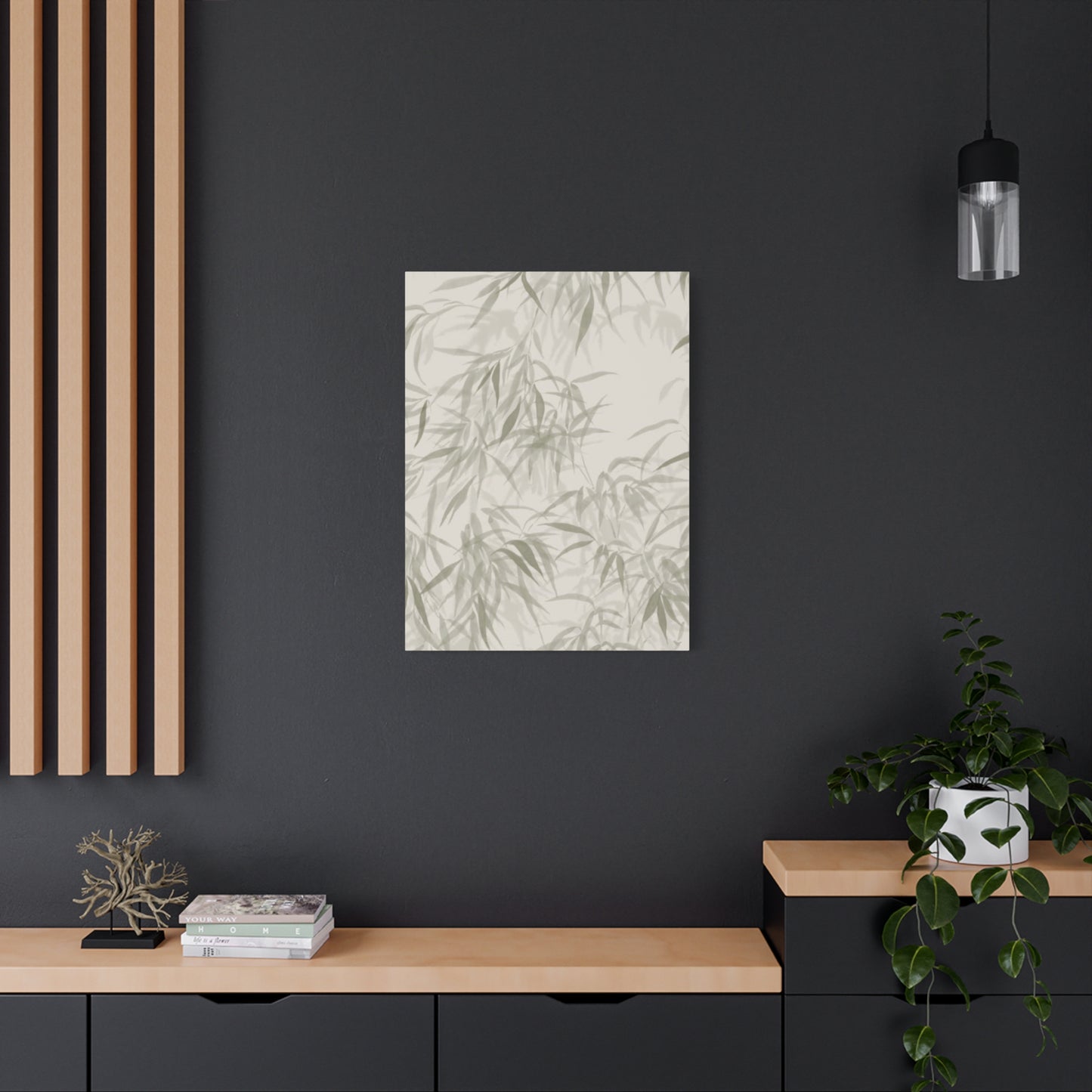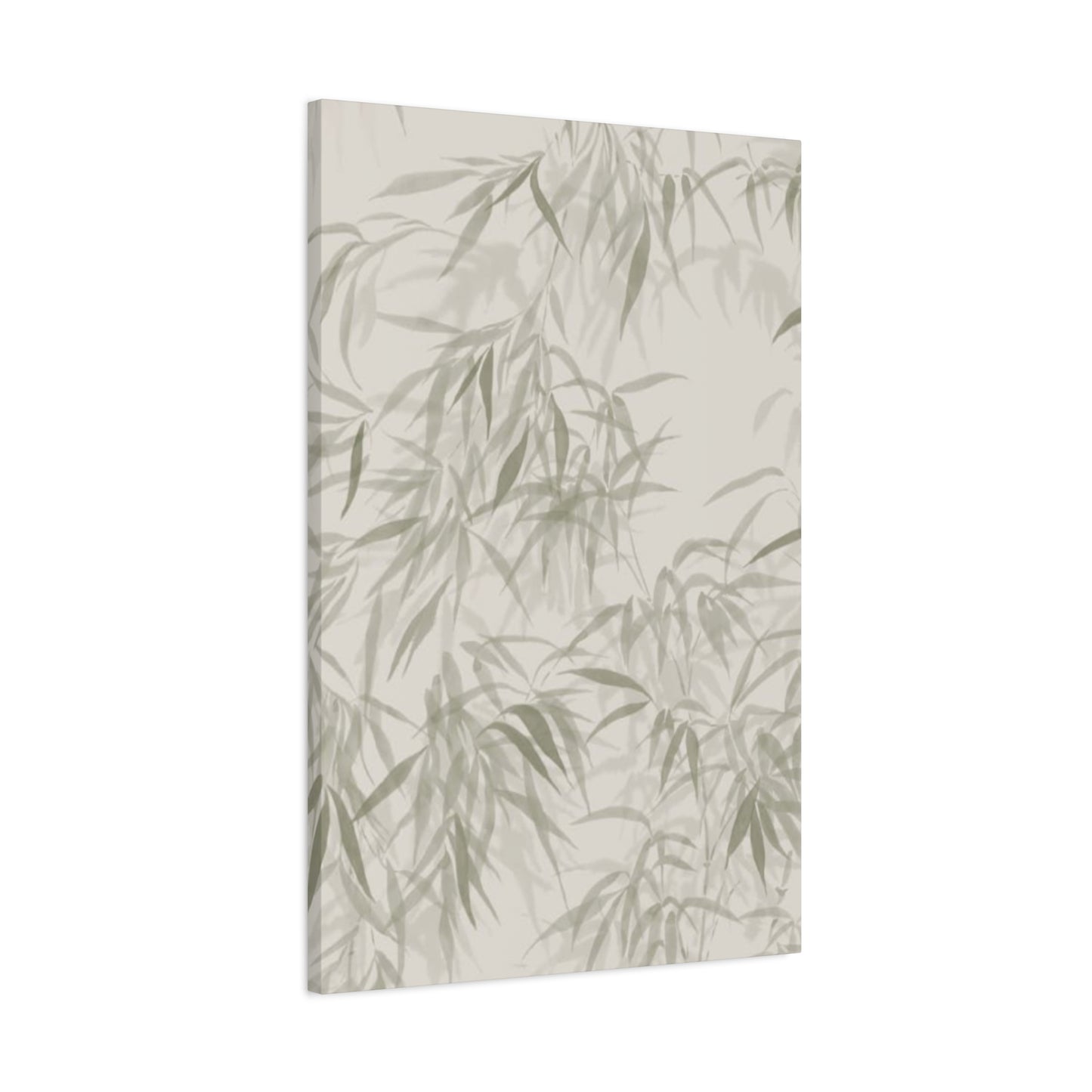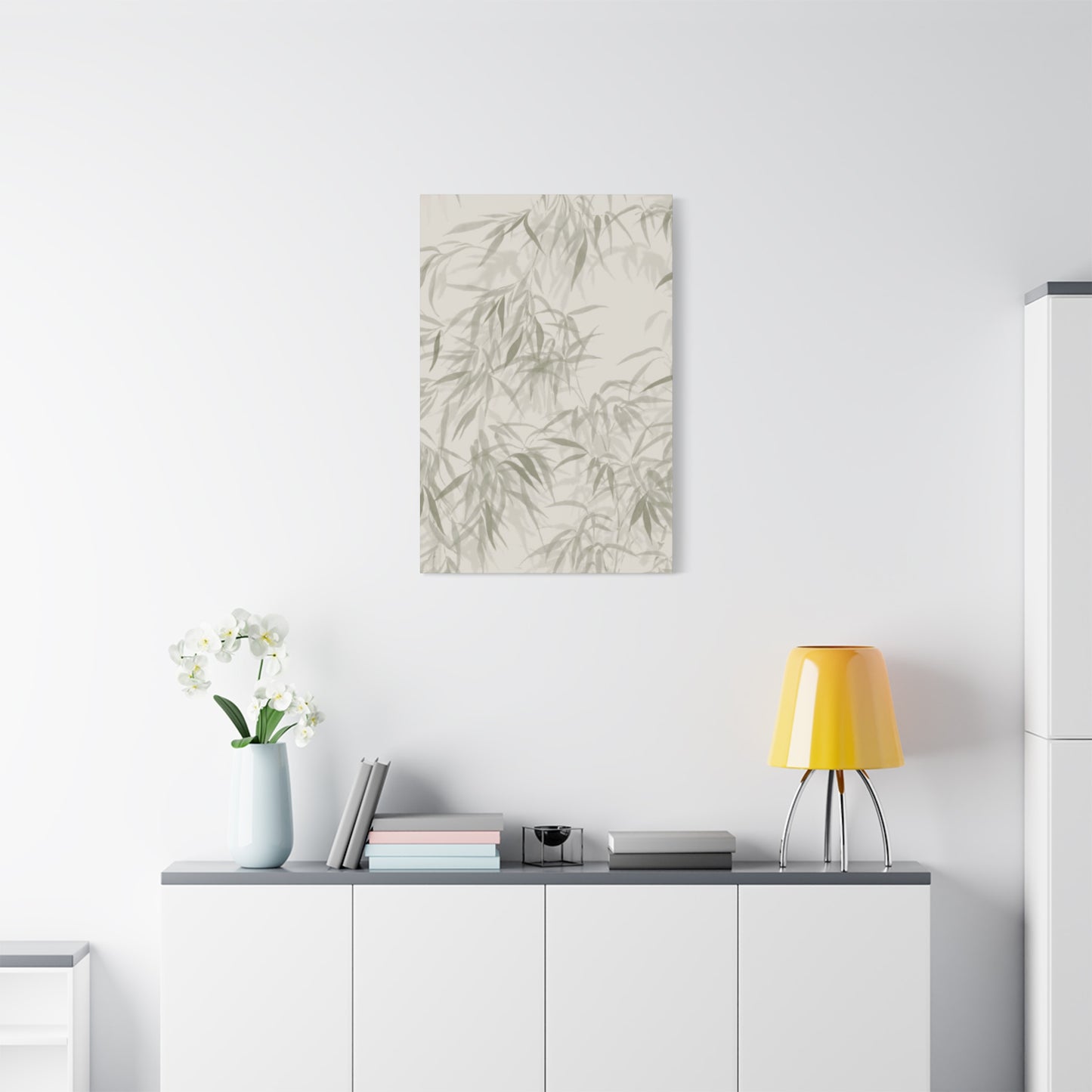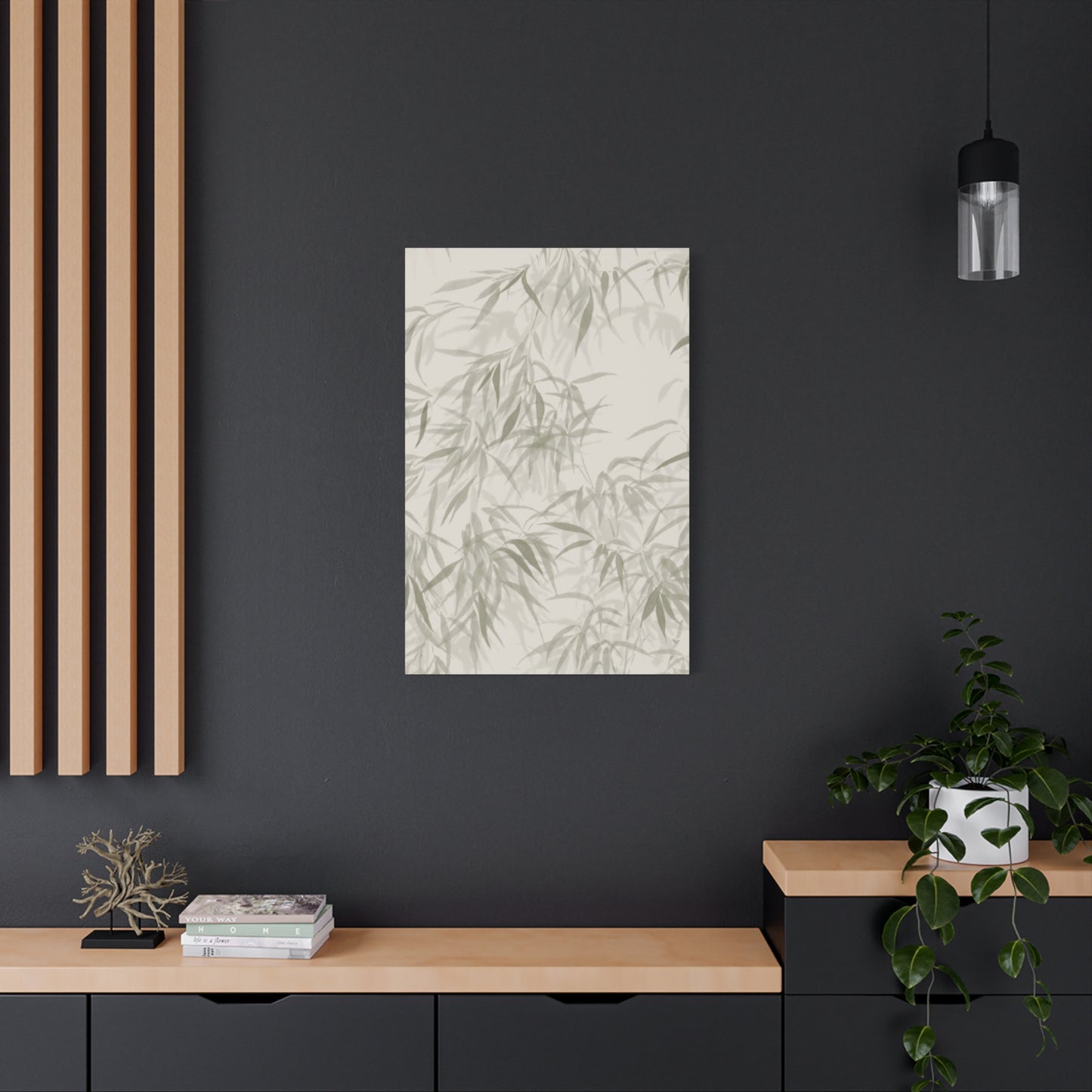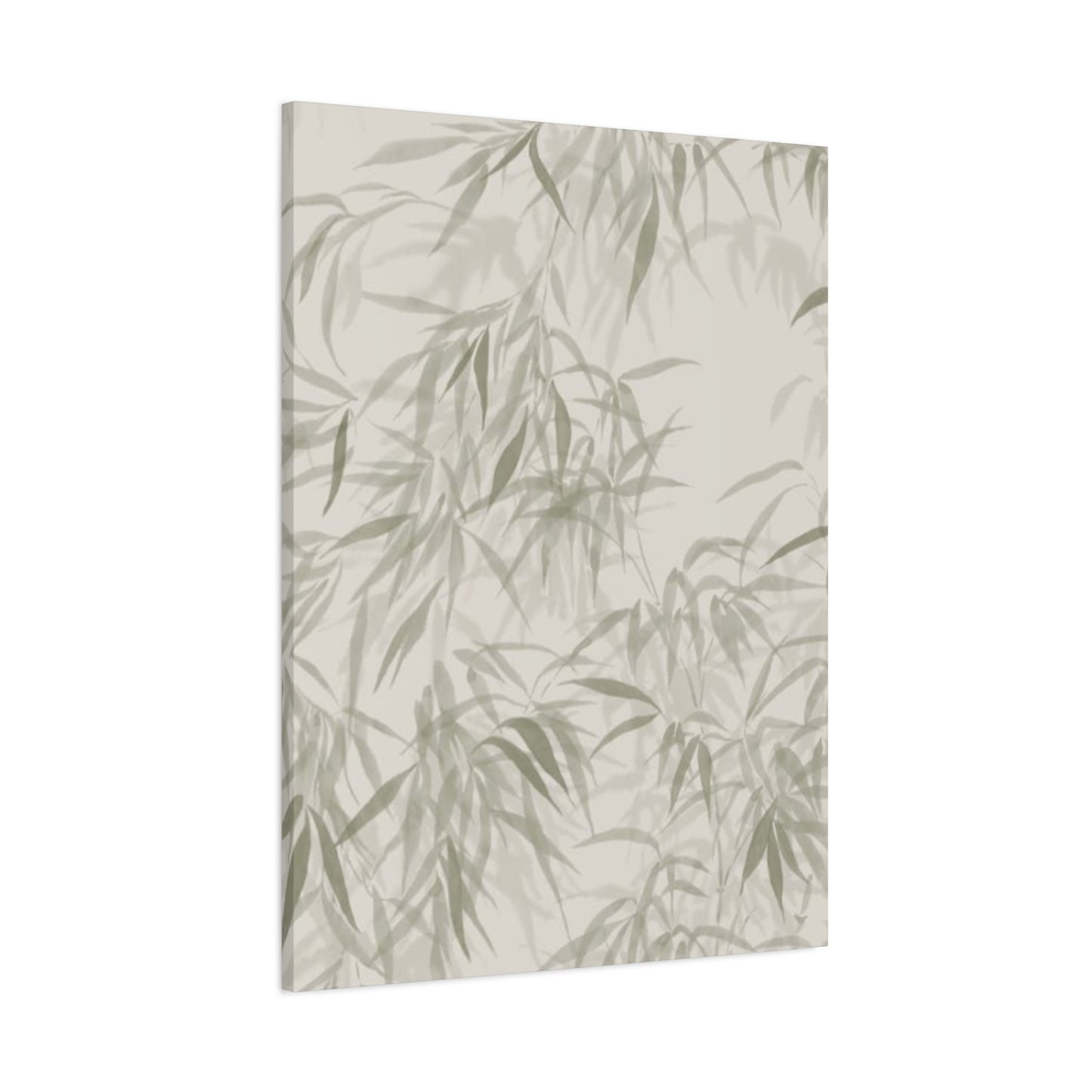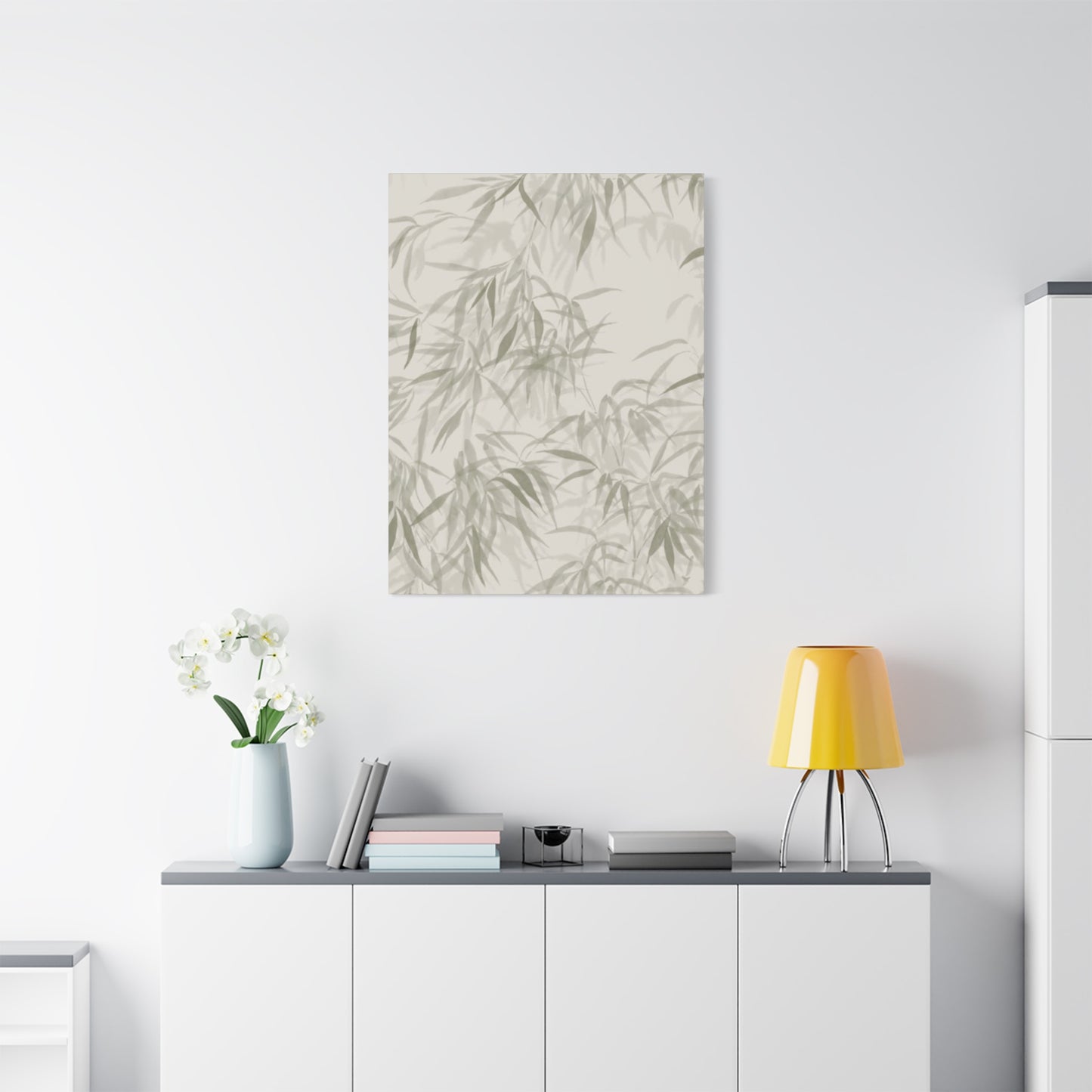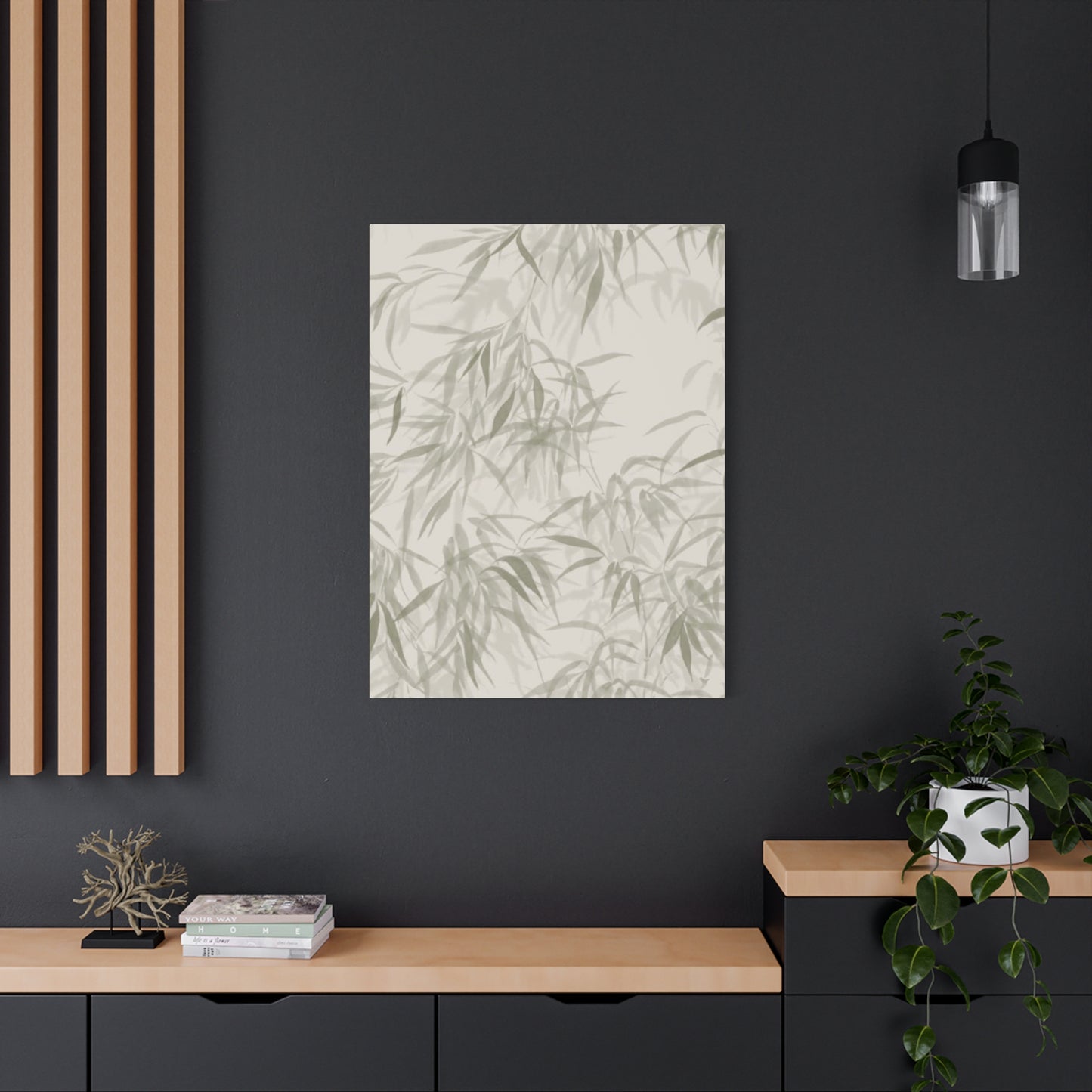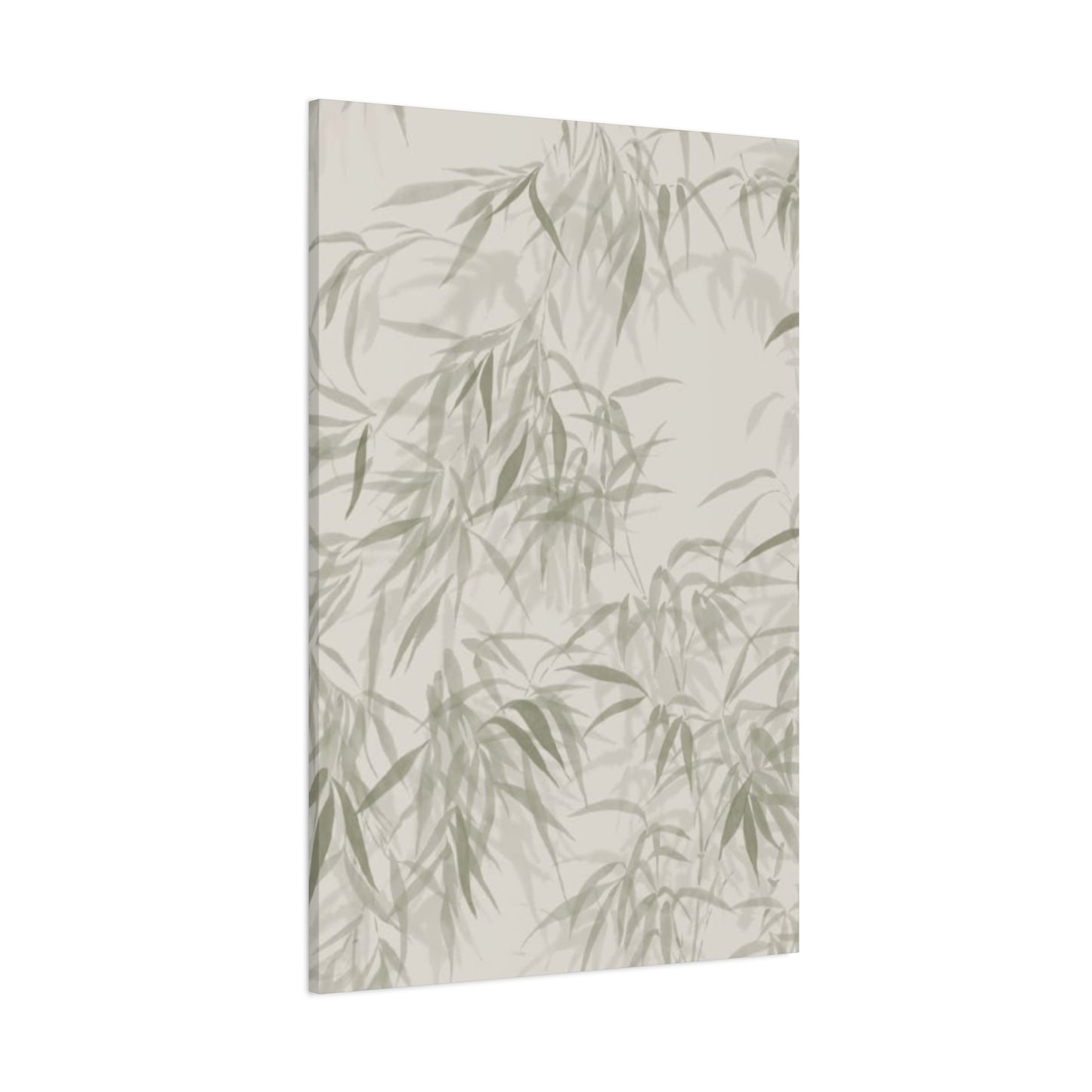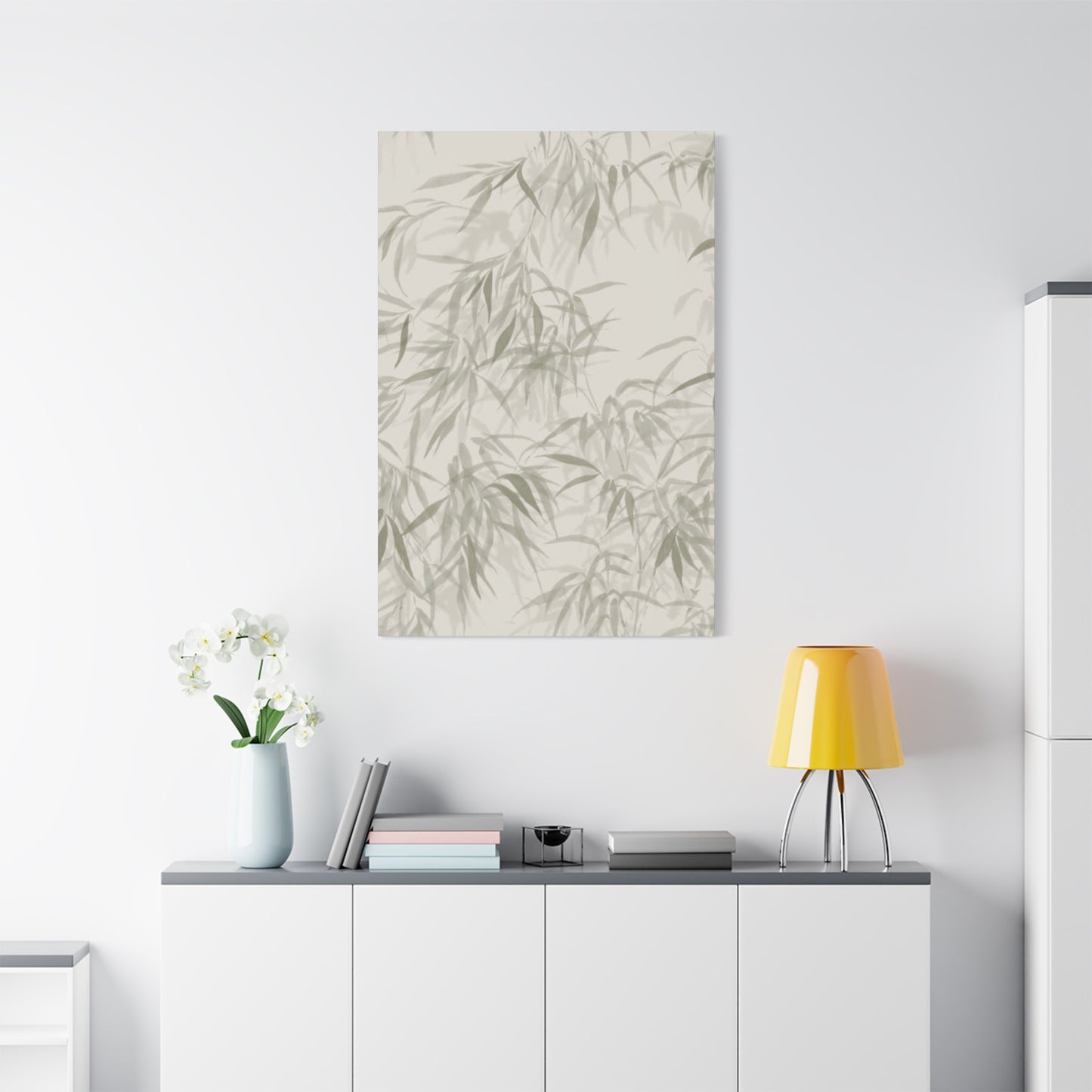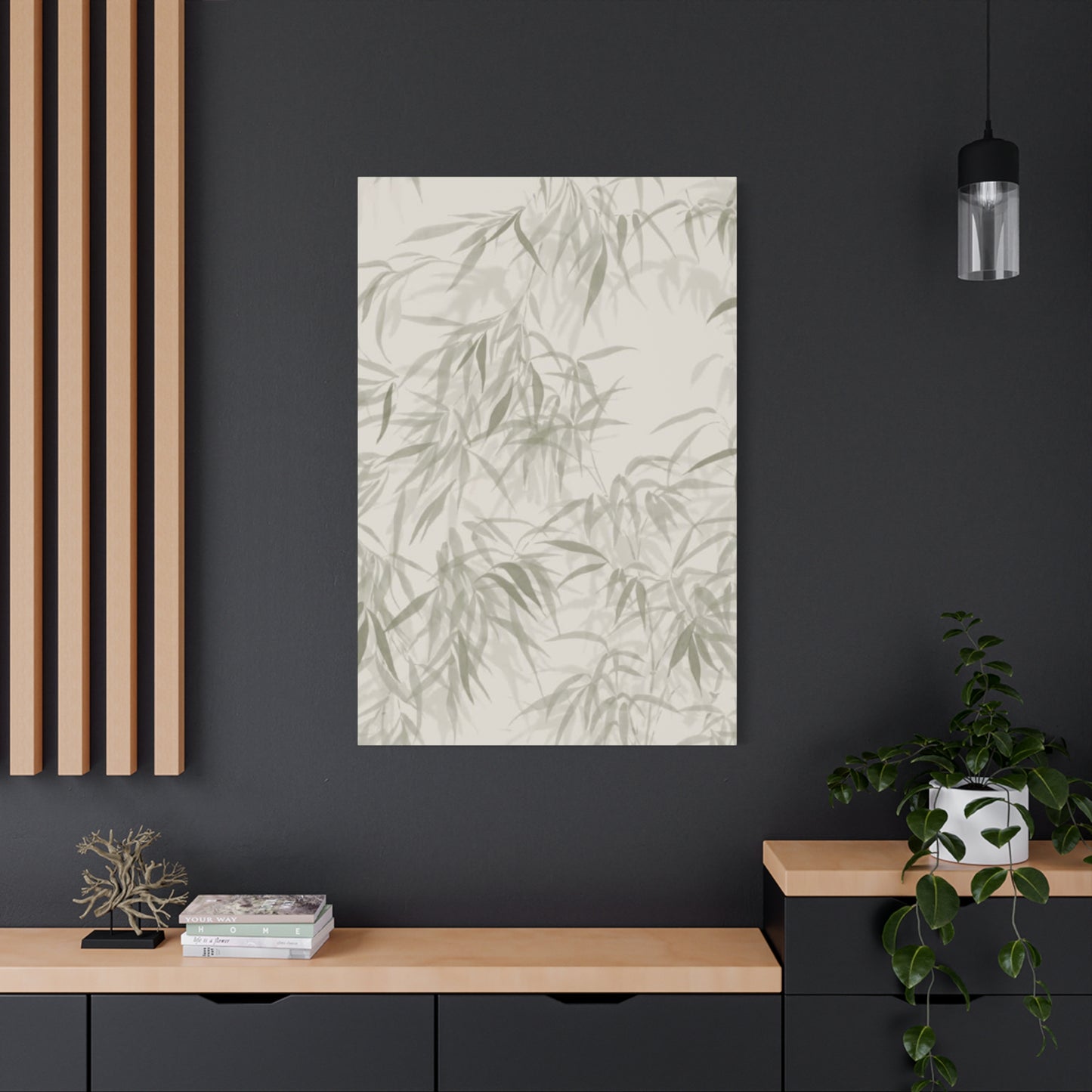Botanical Elegance: Olive Green Leaves Prints Wall art for Modern Interior Spaces
The world of interior design has witnessed a remarkable shift towards nature-inspired aesthetics, with botanical artwork becoming increasingly popular among homeowners and design enthusiasts. Olive green leaves prints wall art represents a sophisticated approach to bringing the outdoors inside, creating spaces that feel both refreshing and timeless. This particular style of decoration has gained tremendous popularity due to its versatility, calming presence, and ability to complement various design schemes.
When we think about decorating our living spaces, the choice of wall art plays a crucial role in setting the overall mood and atmosphere. Botanical prints featuring olive green foliage offer a perfect balance between modern minimalism and natural beauty. These artistic pieces capture the intricate details of leaves, branches, and plant structures, presenting them in a way that celebrates the organic forms found in nature. The olive green color palette particularly appeals to those seeking a refined, earthy aesthetic that doesn't overwhelm the senses but instead provides a gentle, soothing backdrop to daily life.
The appeal of these decorative pieces extends beyond mere aesthetics. They connect us to the natural world in meaningful ways, even when we live in urban environments far removed from forests and gardens. Research has shown that incorporating elements of nature into our living spaces can reduce stress levels, improve mood, and enhance overall wellbeing. Olive green leaves prints wall art serves this purpose beautifully, offering a constant reminder of the natural world while requiring none of the maintenance that living plants demand.
Historical Significance of Botanical Art
Botanical illustration has a rich history dating back centuries, with artists and scientists collaborating to document plant species with meticulous accuracy. During the Renaissance period, botanical drawings served both artistic and scientific purposes, helping to catalog and study the plant kingdom. These early works laid the foundation for the botanical art movement we see today, though contemporary interpretations have evolved significantly.
The tradition of botanical art flourished particularly during the eighteenth and nineteenth centuries when explorers traveled to distant lands, bringing back exotic specimens that needed to be documented. Artists would spend hours studying plant structures, capturing every vein, texture, and subtle color variation. This dedication to detail created stunning works that were both scientifically valuable and aesthetically pleasing. Many of these historical botanical illustrations now inspire modern olive green leaves prints, combining classical techniques with contemporary design sensibilities.
In Victorian times, botanical prints became popular decorative elements in homes, particularly among the educated and well-traveled classes. People would frame these illustrations and display them prominently, showcasing their appreciation for both natural history and fine art. This tradition continues today, though modern printing techniques and design approaches have made botanical wall art more accessible and diverse than ever before. The olive green color scheme popular in current designs reflects a more subdued, sophisticated palette compared to the sometimes vibrant colors used in historical botanical illustrations.
The evolution from scientific documentation to decorative art represents an interesting journey in how we perceive and value botanical imagery. While early botanical illustrations prioritized accuracy above all else, contemporary olive green leaves prints often take artistic liberties, simplifying forms, adjusting colors, and creating compositions that prioritize visual impact. This shift reflects changing attitudes about the relationship between art and nature, with modern pieces often seeking to evoke feelings and create atmospheres rather than simply document reality.
Design Versatility and Style Compatibility
One of the most compelling aspects of olive green leaves prints wall art is its remarkable versatility across different interior design styles. Whether your home features modern minimalism, rustic farmhouse charm, Scandinavian simplicity, or eclectic bohemian flair, botanical prints in olive green tones can integrate seamlessly. This adaptability makes them an excellent investment for homeowners who enjoy updating their decor over time.
In minimalist spaces, olive green botanical prints provide necessary visual interest without contradicting the less-is-more philosophy. A single large-scale leaf print can serve as a focal point in an otherwise spare room, adding life and personality while maintaining clean lines and uncluttered aesthetics. The organic shapes of leaves contrast beautifully with the geometric precision often found in minimalist design, creating dynamic tension that keeps spaces interesting.
For those favoring traditional or classic interior styles, olive green leaves prints offer a contemporary twist on the longstanding tradition of botanical illustration. When paired with antique furniture, rich wood tones, and classic textiles, these modern interpretations of botanical art create an interesting dialogue between old and new. The olive green color palette particularly complements the warm tones often found in traditional interiors, creating harmonious color schemes that feel intentional and sophisticated.
Scandinavian design, with its emphasis on natural materials, light, and connection to nature, provides perhaps the most natural home for olive green botanical prints. The Nordic aesthetic values simplicity and functionality while celebrating natural beauty, making botanical wall art featuring muted green tones a perfect fit. These prints enhance the hygge-inspired coziness that Scandinavian interiors strive to achieve, adding warmth and organic texture to spaces characterized by pale woods and neutral textiles.
Selecting the Right Print Size and Scale
Choosing the appropriate size for your olive green leaves prints requires careful consideration of several factors, including wall dimensions, room proportions, furniture placement, and desired visual impact. The relationship between artwork size and surrounding space significantly affects how a room feels and functions. Understanding these principles helps ensure your botanical prints enhance rather than overwhelm or disappear within your interior.
Large-scale prints, those measuring thirty inches or more in any direction, make bold statements and work particularly well in spacious rooms with high ceilings. A single oversized olive green leaf print can anchor an entire wall, creating a dramatic focal point that draws the eye and sets the tone for the space. These substantial pieces work especially well above sofas, beds, or console tables where their size feels proportionate to the furniture below. The key is ensuring adequate blank space around the artwork so it doesn't feel cramped or crowded against adjacent walls or architectural features.
Medium-sized prints, typically ranging from fifteen to thirty inches, offer more flexibility in placement and arrangement. These versatile pieces can be displayed individually or grouped together to create gallery walls or diptychs and triptychs. When working with multiple medium-sized botanical prints, maintaining consistent matting and framing helps create visual cohesion even when the actual leaf images vary. This approach allows for creative expression while maintaining the organized aesthetic that makes gallery walls successful.
Small botanical prints, under fifteen inches, excel in creating intimate moments within larger spaces or filling narrow wall areas that might otherwise go unutilized. A collection of smaller olive green leaves prints can be arranged in grid formations for a structured, gallery-like appearance, or in more organic, asymmetrical compositions for a relaxed, collected-over-time feel. These smaller works are also budget-friendly options for those wanting to incorporate botanical art throughout their home without significant financial investment.
Framing Options and Presentation Styles
The way you frame and present your olive green leaves prints dramatically affects their overall impact and how they integrate with your interior design scheme. Framing serves both protective and aesthetic functions, safeguarding the artwork while contributing to its visual presentation. Understanding various framing approaches helps you make choices that enhance your botanical prints and complement your space.
Traditional wood frames in natural finishes create warm, organic presentations that emphasize the botanical nature of the artwork. Oak, walnut, maple, and other wood species each bring distinct color tones and grain patterns that can either blend harmoniously with olive green leaf imagery or provide interesting contrast. Light woods like oak or maple create airy, Scandinavian-inspired presentations, while darker woods like walnut add richness and sophistication. The width of the wood frame also matters, with thinner profiles feeling more modern and substantial frames conveying traditional elegance.
Metal frames offer a more contemporary alternative, with options ranging from sleek black or white aluminum to brushed gold, copper, or silver finishes. Black metal frames create striking contrast with olive green botanical prints, defining edges sharply and lending a gallery-quality appearance. Gold and brass frames add warmth and luxury, working particularly well in spaces with metallic accent pieces or lighting fixtures. The thin profiles typical of metal frames keep focus on the artwork itself rather than the framing, making them popular choices for modern interiors.
Matting creates breathing room between the print and frame, preventing the artwork from feeling cramped or crowded. White and cream mats remain popular choices, offering clean, classic presentations that work across design styles. However, experimenting with colored mats can create interesting effects. A deep forest green or warm beige mat can complement olive green leaves prints while adding depth to the overall presentation. Double matting, using two different mat colors in layers, adds even more sophistication and visual interest.
Floating frames and acrylic mounting represent more contemporary presentation methods. Floating frames suspend the artwork between two panes of glass or acrylic, creating a three-dimensional effect that emphasizes the print's materiality. This modern approach works especially well with high-quality prints on substantial paper stock. Acrylic mounting without frames creates ultra-modern, clean presentations where the print appears to float directly on the wall. These frameless options suit minimalist and contemporary interiors particularly well.
Creating Gallery Wall Compositions
Gallery walls featuring olive green leaves prints offer opportunities to create impactful, personalized wall displays that reflect individual style while making efficient use of wall space. These curated collections of botanical artwork can transform blank walls into dynamic focal points that tell visual stories and create interest through repetition, variation, and thoughtful arrangement.
Symmetrical grid arrangements provide the most structured approach to gallery walls. By spacing botanical prints evenly in rows and columns, you create organized, calm compositions that feel intentional and designed. This approach works particularly well with prints of identical or similar sizes, all featuring comparable framing and matting. The repetition of olive green leaf imagery across multiple frames creates visual rhythm while the structured arrangement prevents the display from feeling chaotic. Grid galleries suit modern and minimalist interiors especially well, complementing the clean lines and orderly aesthetics these styles embrace.
Asymmetrical, organic arrangements offer more creative freedom and can accommodate prints of varying sizes, orientations, and styles. These salon-style gallery walls feel collected and personal, as though assembled gradually over time. The key to successful asymmetrical arrangements is establishing some unifying element, whether that's consistent framing, a cohesive color palette centered on olive green tones, or a common theme of botanical imagery. Starting with the largest print and building around it helps anchor the composition and prevents the arrangement from feeling scattered or purposeless.
Linear horizontal arrangements work beautifully above long furniture pieces like sofas, console tables, or beds. A series of three to five olive green leaves prints arranged in a horizontal line at consistent heights creates visual movement that draws the eye across the wall. This approach can make narrow rooms feel wider while filling substantial wall space without requiring a single enormous piece of artwork. Varying the print sizes within the linear arrangement adds interest while maintaining the overall horizontal emphasis.
Vertical stacking creates height and drama, particularly effective in spaces with high ceilings or narrow wall sections between windows or doors. Arranging olive green botanical prints in vertical columns draws the eye upward, emphasizing ceiling height and creating a sense of grandeur. This approach works well in entryways, hallways, and beside tall furniture pieces. Maintaining consistent width across the vertically stacked prints creates visual coherence while the vertical emphasis adds architectural interest to the space.
Botanical Prints in Different Room Settings
The placement of olive green leaves prints throughout various rooms in your home requires consideration of each space's unique function, lighting conditions, and existing design elements. Different rooms present different opportunities and challenges for displaying botanical artwork, and understanding these nuances helps you make effective decorating decisions.
Living rooms, as primary gathering spaces for families and guests, benefit enormously from the calming presence of olive green botanical prints. These communal areas often feature the largest walls in homes, providing excellent opportunities for substantial artwork or expansive gallery walls. Above the sofa is a traditional and effective placement, creating a focal point that anchors seating arrangements and provides visual interest for those seated across the room. The natural imagery of leaves creates conversation pieces while maintaining the relaxed atmosphere you want in living areas.
Bedrooms, as personal retreats dedicated to rest and rejuvenation, are ideal locations for olive green leaves prints. The calming properties of green tones combined with organic botanical imagery create soothing environments conducive to sleep and relaxation. Positioning artwork above the bed creates a clear focal point while providing something pleasant to view upon waking. The olive green color palette works particularly well in bedrooms because it doesn't stimulate the senses the way brighter colors might, supporting the room's primary function as a space for rest.
Home offices and study spaces benefit from olive green botanical prints in several ways. The connection to nature these artworks provide can reduce stress and improve focus, valuable qualities in work environments. Green tones have been shown to reduce eye strain, making them particularly appropriate for spaces where people spend extended periods looking at computer screens. Positioning botanical prints within view but not directly in the primary line of sight creates opportunities for brief mental breaks without becoming distracting.
Dining rooms and kitchens, spaces centered around nourishment and gathering, provide excellent contexts for botanical artwork. The connection between plants and food makes olive green leaves prints particularly appropriate in these areas. In dining rooms, botanical prints can create elegant, sophisticated atmospheres that elevate everyday meals into occasions worth savoring. In kitchens, where wall space might be limited by cabinetry and appliances, smaller botanical prints can be grouped on available walls or displayed on open shelving among dishware and cooking implements.
Bathrooms, often overlooked in decorating schemes, can be transformed by thoughtfully chosen olive green botanical prints. These spaces benefit from the spa-like atmosphere that natural imagery creates. The calming presence of botanical artwork enhances the bathroom's function as a space for self-care and relaxation. Consider moisture-resistant framing options or position artwork away from direct water exposure to protect prints in these humid environments.
Hallways and entryways serve as transitional spaces that benefit from visual interest to guide movement through the home. Linear arrangements of olive green leaves prints along hallway walls create visual rhythm that makes these often-neglected spaces feel intentional and designed. In entryways, botanical prints create welcoming first impressions, introducing guests to your home's aesthetic while establishing a connection to nature from the moment they enter.
Lighting Considerations for Botanical Artwork
Proper lighting dramatically affects how olive green leaves prints appear and how effectively they enhance your interior spaces. Understanding the interplay between natural light, artificial illumination, and botanical artwork helps you position and light your prints for maximum visual impact while protecting them from potential damage.
Natural light, while beautiful, presents both opportunities and challenges for displaying artwork. Windows flood rooms with changing light throughout the day, creating dynamic viewing conditions that can make olive green leaves prints appear different from morning through evening. However, direct sunlight poses risks to artwork, potentially causing fading, discoloration, and deterioration over time. When positioning botanical prints in naturally lit spaces, avoid placing them in direct sun paths. Instead, locate them on walls perpendicular to windows where they receive ambient light without direct exposure.
Artificial lighting offers more control and consistency, allowing you to highlight botanical artwork precisely as intended. Picture lights mounted directly above frames provide focused illumination that draws attention to specific pieces while creating gallery-like presentations. These dedicated fixtures work particularly well for showcasing large, significant botanical prints you want to emphasize as focal points. LED picture lights offer energy efficiency and minimal heat production, protecting artwork while providing clear, consistent illumination.
Track lighting and adjustable spotlights offer flexibility in highlighting multiple prints or creating dramatic lighting effects. By directing beams toward specific olive green leaves prints, you can create visual hierarchy and guide viewers' attention through gallery wall arrangements. Adjustable fixtures allow you to fine-tune lighting as you rearrange artwork or as natural light conditions change throughout the day. The key is positioning lights to minimize glare on glass or acrylic glazing while providing sufficient illumination to appreciate the prints' details and colors.
Ambient room lighting affects how botanical prints integrate into the overall space. Warm-toned lighting emphasizes the earthy qualities of olive green, making botanical prints feel cozier and more intimate. Cool-toned lighting creates fresher, more energetic atmospheres, potentially making olive green appear slightly more vibrant. Understanding your room's overall lighting temperature helps you select botanical prints with olive green tones that will appear as intended in your specific lighting conditions.
Layered lighting approaches combining multiple light sources create the most sophisticated and flexible illumination schemes. Combining ambient lighting from ceiling fixtures, task lighting from lamps, and accent lighting on artwork creates depth and visual interest while allowing you to adjust lighting for different activities and times of day. This layered approach ensures your olive green botanical prints always appear at their best regardless of how you're using the space.
DIY Custom Botanical Prints
Creating your own olive green leaves prints offers a deeply personal approach to botanical wall art while allowing complete control over subject matter, composition, and style. Whether you're photographing living plants, scanning pressed specimens, or creating digital illustrations, the process of making custom botanical artwork can be both creatively fulfilling and cost-effective.
Photography provides an accessible entry point for creating botanical prints. Even smartphone cameras now offer sufficient resolution for making quality prints when used thoughtfully. When photographing leaves and plants for wall art, pay attention to lighting, composition, and background. Natural, diffused light works beautifully for botanical subjects, revealing details without creating harsh shadows. Overcast days provide ideal lighting conditions, or you can photograph outdoors in shade or near windows with indirect light. Composing shots with simple, uncluttered backgrounds keeps focus on the botanical subject. Solid colored backgrounds, particularly in complementary tones to olive green, create clean, professional-looking results.
Scanning pressed plant specimens creates artwork with wonderful detail and authentic botanical character. Press leaves by placing them between absorbent paper sheets under heavy books, allowing several weeks for complete drying. Once dried, arrange pressed specimens on your scanner bed and capture high-resolution scans. This technique produces flat, two-dimensional images with extraordinary detail and scientific accuracy reminiscent of historical botanical illustrations. You can scan specimens as-is for naturalistic results or digitally remove backgrounds for cleaner presentations.
Digital illustration using tablets and styluses offers unlimited creative possibilities for those comfortable with technology. Applications designed for digital art provide tools mimicking traditional media like watercolors, pencils, and inks while offering advantages like unlimited undo capabilities and non-destructive editing. You can work from photographs or pressed specimens, tracing and embellishing to create stylized botanical illustrations. Digital workflows also allow easy experimentation with different olive green tones and color palettes before committing to final versions.
Physical painting and drawing create unique, one-of-a-kind botanical artworks with handmade character digital cannot replicate. Watercolors particularly suit botanical subjects, allowing for subtle color variations and delicate details. Work from live specimens, photographs, or imagination to create original leaf studies. Even those who don't consider themselves artists can create appealing botanical artwork through simple techniques like silhouette painting or printing using actual leaves as stamps. These handmade originals carry special significance as personal creations.
Printing your custom botanical artwork requires consideration of paper, ink, and printing method. For archival quality that will last for decades, use acid-free paper and pigment-based inks rather than dye-based ones. Professional printing services offer higher quality than typical home printers, with options for fine art paper stocks and precise color matching. However, quality home inkjet printers can produce excellent results for personal projects. Experiment with different paper textures and finishes, from smooth matte to textured watercolor papers, to find presentations that best suit your botanical subjects and intended display context.
Pairing Botanical Prints with Other Decor Elements
Successfully integrating olive green leaves prints into your broader decorating scheme requires thoughtful consideration of how botanical artwork relates to other design elements. Creating harmonious relationships between wall art, furniture, textiles, and accessories results in cohesive spaces that feel intentionally designed rather than randomly assembled.
Color coordination between botanical prints and surrounding elements creates visual harmony. The olive green tones in your wall art can be echoed in throw pillows, curtains, upholstery, or accent pieces. This repetition of color creates visual connections throughout the space, tying disparate elements together into a unified whole. However, avoid overly matchy-matchy approaches where everything is exactly the same shade of olive green. Instead, incorporate variations within the green color family, from sage to forest to olive, creating depth and interest while maintaining color coordination.
Texture provides another opportunity for creating relationships between botanical prints and other decor. Since prints are inherently smooth and two-dimensional, introducing varied textures through textiles, wood, metal, and natural materials creates dynamic contrast that keeps spaces interesting. Rough-woven linen pillows, chunky knit throws, rustic wood furniture, and smooth ceramic vases all provide textural variety that complements rather than competes with olive green botanical artwork. The organic subject matter of leaf prints particularly pairs well with natural materials like wood, stone, rattan, and jute.
Scale and proportion matter when combining botanical prints with furniture and accessories. Large furniture pieces can handle substantial artwork, while smaller furnishings pair better with modestly sized prints or grouped smaller pieces. A large sectional sofa, for example, can support an oversized botanical print or expansive gallery wall, while a loveseat might be overwhelmed by the same artwork. Creating appropriate scale relationships ensures nothing feels too large or too small for its context, contributing to the overall balance and harmony of the space.
Style consistency, or intentional eclecticism, guides how botanical prints relate to other decorative elements. In rooms with clear style identities like modern minimalist or traditional, selecting botanical prints and frames that align with that aesthetic creates harmonious results. In eclectic spaces that intentionally mix styles, olive green leaves prints can serve as neutral elements that bridge different design periods and approaches. The natural subject matter of botanical art makes it particularly versatile for this bridging role, as nature transcends style trends.
Living plants alongside botanical prints create interesting dialogues between representation and reality. While some might worry about redundancy, combining actual plants with botanical artwork often enhances both. The living greenery brings literal life and dynamism to spaces, while the artwork provides controlled, designed focal points that complement rather than compete with actual plants. The olive green tones common in botanical prints harmonize beautifully with living plant foliage, creating cohesive green-forward spaces.
Seasonal Rotation and Styling Updates
Rotating olive green leaves prints seasonally or periodically offers opportunities to refresh your space without major decorating investments. This approach keeps interiors feeling current and interesting while allowing you to enjoy different botanical artworks throughout the year. Strategic rotation and updating also lets you respond to changing light conditions, color preferences, and functional needs as they evolve.
Seasonal rotation works particularly well if you have a collection of botanical prints in different styles or color palettes. Spring might call for brighter, fresher presentations featuring new growth and light olive tones, while autumn could embrace deeper, richer greens mixed with warm browns. Summer displays might emphasize abundance and lushness, with multiple leaf prints creating garden-like profusion. Winter could focus on simplified, minimal botanical prints that echo the season's spare aesthetic. These seasonal changes need not be dramatic or time-consuming, sometimes involving nothing more than swapping one or two key pieces.
Responding to changing natural light throughout the year provides practical reasons for rotation. In winter, when natural light is limited, you might emphasize lighter, brighter botanical prints that help compensate for darker conditions. Summer's abundant light allows you to display prints with deeper tones that might appear too dark during winter months. This light-responsive rotation ensures your olive green botanical artwork always appears at its best while helping moderate seasonal mood shifts.
Style evolution naturally occurs in homes over time, and rotating botanical prints allows your wall art to keep pace with broader decorating changes. As you add new furniture, change paint colors, or update textiles, reassessing your botanical print selections ensures continued harmony. Prints that worked beautifully in one configuration might need to be replaced or relocated when other elements change. Maintaining a collection of botanical artwork you can draw from makes these adjustments easier and more cost-effective than purchasing entirely new pieces each time you update your decor.
Gallery wall reconfiguration provides another approach to keeping spaces fresh without acquiring new artwork. The same collection of olive green leaves prints can create entirely different impressions through changed arrangements. Transforming a symmetrical grid into an organic salon-style arrangement, or vice versa, substantially alters the wall's appearance and the room's overall character. Rearranging involves some effort but requires no financial investment while delivering significant visual impact.
Storage between rotations requires care to protect artwork you're not currently displaying. Store prints in cool, dry locations away from temperature extremes, humidity, and direct sunlight. Keep prints vertical or flat, never leaned at angles that might cause warping. If storing unframed prints, interleave them with acid-free tissue paper to prevent surface damage from contact with adjacent prints. Framed pieces can be stored facing forward on shelves or in closets, protected from impact and pressure. Proper storage ensures your olive green botanical prints remain in excellent condition regardless of whether they're currently displayed.
Mixing Botanical Subjects and Styles
While focusing on olive green leaves creates cohesion, incorporating variety in botanical subjects and artistic styles prevents monotony and adds visual interest to your displays. Understanding how to mix different types of botanical prints while maintaining harmony requires balancing unity and variety, repetition and surprise.
Combining different leaf types and plant species adds botanical diversity to your displays. Mixing prints featuring ferns, palm fronds, eucalyptus, monstera, olive branches, and other foliage creates collections that feel like curated botanical gardens. Even within an olive green color scheme, different leaf shapes, sizes, and structures provide visual variety. Large, bold tropical leaves create drama and focal points, while delicate ferns and smaller leaves add intricate detail. Combining these different botanical subjects creates dynamic, interesting displays that reward closer examination.
Artistic style variation within botanical prints offers another avenue for creating engaging wall displays. Photographic prints capture botanical subjects with realistic detail and depth, while illustrated prints range from scientifically precise drawings to loose, artistic interpretations. Silhouettes and abstract representations of leaves provide graphic impact and modern sensibility. Mixing these different approaches within a unified olive green color palette creates visual interest while maintaining cohesion. The key is ensuring some unifying element, whether that's color, framing, or subject matter, ties the varied styles together.
Historical and contemporary botanical prints can be successfully combined for eclectic displays with depth and character. Vintage botanical illustrations, whether authentic antiques or reproduction prints, bring classical elegance and scientific precision. Pairing these with contemporary photographic or abstract interpretations of foliage creates interesting temporal dialogues between old and new. This approach works particularly well in transitional or eclectic interior styles that celebrate mixing eras and influences.
Black and white botanical prints alongside olive green creates sophisticated, layered displays. Monochromatic prints provide visual respite and emphasize form and structure, while the olive green prints bring color and warmth. This combination prevents all-green displays from potentially feeling overwhelming while adding graphic impact. Black and white prints also offer flexibility for future decorating changes, as they work with virtually any color scheme you might adopt.
Three-dimensional botanical elements mixed with flat prints create multi-layered, interesting displays. Shadow boxes containing pressed specimens, sculptural botanical objects, or even mounted dried plants alongside traditional prints add depth and physical presence. These dimensional elements transform walls from purely two-dimensional surfaces into more complex, engaging presentations. The combination of flat and dimensional botanical elements creates museum-quality displays with exhibition-like sophistication.
Budget-Friendly Approaches to Botanical Wall Art
Creating beautiful displays of olive green leaves prints need not require substantial financial investment. Numerous strategies allow you to enjoy botanical wall art while respecting budget constraints, from affordable print sources to creative DIY approaches.
Digital downloads offer the most budget-friendly entry into botanical wall art. Numerous online platforms provide botanical print files purchasable for a few dollars or sometimes free. After purchasing and downloading digital files, you can print them at home on a quality printer or at local print shops. This approach allows you to afford multiple prints for the cost of a single ready-made framed piece. The key is selecting high-resolution files that will print clearly at your intended size and using quality paper suitable for artwork.
Thrift stores, estate sales, and secondhand shops frequently have framed artwork at fraction-of-retail prices. While you might not find exactly the olive green botanical prints you're seeking, you can purchase pieces for their frames alone, discarding or painting over the original artwork. Quality frames represent significant portions of botanical artwork costs, so sourcing them secondhand provides substantial savings. Look for frames in good condition with glass or acrylic glazing intact, as replacing glazing adds cost and complexity.
DIY framing significantly reduces costs compared to professional framing services. Ready-made frames from home goods stores, purchased during sales, provide affordable framing options. Choose simple profiles in black, white, or natural wood that won't compete with your botanical prints. Cut your own mats using mat cutting tools and guidance available online, or forgo matting entirely for more contemporary presentations. While DIY framing requires time and care, it allows you to frame multiple prints affordably.
Rotating seasonal artwork instead of maintaining year-round displays allows you to create impact with fewer pieces. Rather than filling every wall year-round, focus your botanical print collection on specific seasons when you'll display them. This approach allows you to invest in fewer high-quality pieces rather than many lower-quality items, as each piece gets displayed only part of the year. The periodic changes also keep your space feeling fresh and interesting.
Creating your own botanical artwork eliminates print purchasing costs entirely. As discussed in previous sections, photographing leaves, scanning pressed specimens, or creating simple paintings produces original artwork for virtually no cost beyond materials. While your custom creations might lack the polish of professional botanical prints, they carry special significance as your own work. The authenticity and personality of handmade botanical art often outweigh technical perfection.
Trading or sharing botanical prints with friends creates community while diversifying your collection. If you have friends with similar interest in botanical decor, consider establishing a print-sharing arrangement where you periodically swap artwork. This gives everyone access to larger, more varied collections without individual purchasing. Group purchases of digital print files, split among friends, reduce per-person costs while everyone benefits.
Simple, temporary displays offer another budget-conscious approach. Washi tape allows you to attach prints directly to walls without frames, creating casual, changeable displays perfect for renters or commitment-phobes. Clipboards painted in complementary colors provide instant display solutions for a few dollars each. Hanging prints from clips on cords or wires creates modern, flexible gallery systems you can easily adjust. These informal approaches sacrifice some polish but cost very little while maintaining flexibility.
Environmental Sustainability Considerations
As awareness of environmental issues grows, many people seek to make decorating choices that minimize ecological impact. Selecting and displaying olive green leaves prints can align with sustainability values through mindful choices about materials, production methods, and sourcing.
Print production methods vary significantly in environmental impact. Traditional printing processes can involve harmful chemicals and significant energy consumption, while eco-conscious printing services use vegetable-based inks, recycled papers, and renewable energy sources. When purchasing botanical prints, inquire about production methods or seek out sellers specifically marketing environmentally responsible practices. Digital printing generally has lower environmental impact than traditional lithography, particularly for small quantities.
Paper selection affects both print quality and environmental footprint. Recycled content papers reduce demand for virgin pulp and support circular material economies. FSC-certified papers come from responsibly managed forests with verified sustainable practices. Tree-free papers made from bamboo, hemp, or cotton offer alternatives to wood-pulp papers while providing excellent printing surfaces. Balancing environmental considerations with archival quality ensures your botanical prints last long enough that their environmental cost is justified by years of use.
Frame materials present sustainability considerations as well. Wood frames from sustainably managed forests certified by FSC or similar organizations represent renewable resources when properly sourced. Reclaimed wood frames reuse materials while adding character and history. Metal frames, particularly those made from recycled aluminum or steel, offer durable, long-lasting options. Avoid frames with toxic finishes or cheap particleboard construction that off-gasses VOCs while having short lifespans requiring frequent replacement.
Longevity and timelessness carry environmental implications often overlooked in decorating discussions. Choosing botanical prints with classic appeal rather than trendy styles that quickly feel dated means you'll keep them longer, reducing consumption and waste. Quality production, proper framing with UV protection, and careful maintenance extend artwork lifespans, justifying their environmental cost through years of enjoyment.
Local sourcing reduces transportation emissions associated with botanical print purchases. Buying from local artists, printers, or framers keeps money in your community while minimizing carbon footprints from shipping. Local businesses may also be more willing to accommodate custom requests for sustainable materials or practices. Community art markets, craft fairs, and local galleries provide opportunities to discover botanical artwork while supporting nearby creators.
Second-hand and vintage botanical prints represent the most sustainable option by giving existing items continued use rather than creating demand for new production. Antique shops, estate sales, and online marketplaces offer botanical illustrations and prints with history and character. These pieces often feature superior quality from eras when craftsmanship standards exceeded modern mass production. The patina and age of vintage botanical prints add authenticity and depth that new reproductions cannot replicate.
Incorporating Cultural and Global Perspectives
Botanical art traditions exist across cultures worldwide, and exploring diverse approaches to plant imagery enriches your understanding and appreciation of olive green leaves prints. Different cultural perspectives on nature and representation offer inspiration for how you select, display, and think about botanical wall art.
Japanese aesthetic traditions emphasize simplicity, asymmetry, and deep respect for nature. The concept of wabi-sabi celebrates imperfection and impermanence, valuing the authentic over the artificial. Japanese botanical art often features minimal compositions with careful attention to negative space, allowing subjects to breathe and contemplation to flourish. Incorporating these principles when displaying olive green leaves prints might mean choosing simple presentations, embracing asymmetry in arrangements, and allowing ample empty wall space around botanical artwork.
European botanical illustration traditions, particularly from the Renaissance through Victorian eras, prioritized scientific accuracy and comprehensive documentation. These classical approaches influenced how we perceive and create botanical art today. The meticulous detail, careful color accuracy, and formal compositions characteristic of European botanical illustration continue to inspire contemporary olive green leaves prints. Understanding this heritage deepens appreciation for the artistic and scientific traditions informing modern botanical decor.
Indigenous perspectives on plants and nature emphasize relationships, reciprocity, and respect rather than mere aesthetic appreciation. Many indigenous cultures view plants as relatives and teachers rather than objects for decoration. While botanical prints necessarily objectify plant imagery to some extent, approaching them with awareness of deeper relationships between humans and plant world adds dimension to how we engage with botanical art. This perspective might influence you to learn about the plants depicted in your olive green leaves prints, understanding their ecological roles, traditional uses, and cultural significance.
Tropical and subtropical cultures where lush vegetation dominates landscapes have unique relationships with botanical imagery. For cultures where plants provide food, medicine, shelter, and economic livelihood, botanical representation carries different meanings than in temperate regions. The bold, dramatic leaves popular in tropical botanical prints reflect the abundance and diversity of rainforest ecosystems. Incorporating these perspectives broadens understanding of why certain botanical subjects appeal across cultures.
Contemporary global artists bring diverse cultural perspectives to botanical art, creating fusion styles that blend traditional techniques with modern sensibilities. Seeking out botanical prints from artists representing different cultural backgrounds supports diverse voices while exposing you to varied aesthetic approaches. This diversity enriches your botanical print collection and interior design while promoting inclusive cultural exchange through art.
Custom Commissioning and Working with Artists
Commissioning custom olive green leaves prints offers opportunities to obtain truly unique botanical artwork tailored specifically to your preferences and spaces. Understanding the commissioning process helps you work effectively with artists while achieving satisfying results.
Finding artists to commission requires research through galleries, art fairs, online portfolios, and social media platforms where botanical artists showcase work. Look for artists whose existing style appeals to you, as most artists create commissioned work consistent with their established aesthetic. Review portfolios carefully, noting their approach to composition, color, detail level, and subject matter. Shortlist several artists whose work resonates before reaching out about commission possibilities.
Initial consultations allow you to discuss your vision, space requirements, budget, and timeline with potential artists. Come prepared with reference images showing olive green botanical prints you admire, photographs of the space where artwork will hang, and measurements of available wall space. Be clear about must-have elements while remaining open to artists' creative input. Experienced artists can suggest approaches you haven't considered while ensuring technical and aesthetic quality.
Pricing commissioned artwork depends on factors including artist experience, piece size, medium, complexity, and timeline. Established artists command higher prices reflecting their reputation and demand. Larger, more detailed pieces cost more than smaller, simpler works. Rush timelines may incur additional fees. Request detailed quotes specifying what's included, from initial sketches through framing and delivery. Understanding pricing structures helps you budget appropriately while avoiding misunderstandings.
Contracts protect both parties, outlining deliverables, timelines, payment schedules, and usage rights. Typical arrangements involve deposits upon agreement, progress payments at designated milestones, and final payment upon completion. Contracts should specify how many revision rounds are included and fees for additional changes beyond the agreed scope. Ensure you understand reproduction and usage rights, particularly if you might want to use the artwork commercially or create prints.
The creative process typically begins with sketches or concepts that artists share for feedback before proceeding to final artwork. This approval stage allows you to request adjustments to composition, plant species, color tones, or other elements. Communicate clearly but respectfully, remembering that artists are professionals whose expertise you've engaged. Finding balance between expressing preferences and trusting artistic judgment usually yields the best results.
Completion timelines vary significantly based on medium, complexity, and artist workload. Watercolor botanical illustrations might take several weeks, while detailed botanical paintings or large-scale works may require months. Discuss realistic timelines during initial consultations, building in buffers for unexpected delays. Rushing artists typically compromises quality, so plan commissions well in advance of deadlines or occasions motivating the purchase.
The Role of Botanical Gardens and Herbaria
Botanical gardens and herbaria serve as invaluable resources for those interested in olive green leaves prints, offering inspiration, education, and sometimes direct purchasing opportunities. These institutions preserve plant knowledge while making botanical art accessible to public audiences.
Major botanical gardens worldwide maintain extensive art collections featuring historical and contemporary botanical illustrations. Visiting these collections provides opportunities to see masterful botanical artwork firsthand, understanding detail levels, color accuracy, and compositional approaches that distinguish exceptional work. Many gardens offer rotating exhibitions showcasing botanical artists, providing exposure to diverse styles and periods. These exhibitions inspire personal decorating choices while deepening appreciation for botanical art as serious artistic discipline.
Herbaria, scientific collections of preserved plant specimens, offer different but equally valuable resources. These research collections document plant diversity through dried, pressed specimens mounted and archived for study. The aesthetic of herbarium specimens, with their precise labels and scientific organization, inspires a particular style of botanical print popular in contemporary decor. Visiting herbaria or accessing digital collections provides reference material for understanding how plants are formally documented and displayed.
Museum shops at botanical gardens frequently sell botanical prints, including reproductions of historical illustrations and contemporary works by current artists. These offerings often feature native plants from the garden's region, providing locally relevant botanical artwork. Purchasing through botanical garden shops supports these educational institutions while ensuring artwork accuracy and quality. Many gardens also host artist markets or festivals where botanical artists sell original works and prints directly.
Educational programs at botanical gardens teach botanical illustration techniques to interested amateurs. Taking classes in botanical drawing, watercolor painting, or plant photography provides skills for creating your own olive green leaves prints while deepening botanical knowledge. Even without pursuing botanical art seriously, these educational experiences enhance your ability to evaluate and appreciate botanical prints you might purchase. Understanding the skill and knowledge required to create accurate botanical illustrations increases respect for the art form.
Conclusion
Botanical Elegance: Olive Green Leaves Prints Wall Art for Modern Interior Spaces showcases the transformative power of nature-inspired art in creating contemporary living environments that are both stylish and serene. Olive green, with its understated sophistication and natural richness, evokes balance, calm, and harmony. When paired with leaf motifs, this color palette provides a visual connection to the natural world, offering a sense of tranquility that complements modern interiors beautifully.
The versatility of olive green leaf prints is one of their most compelling features. These works of art can take many forms—from minimalist line drawings to lush, realistic depictions of leaves—allowing homeowners and designers to select pieces that fit their personal aesthetic. Large-scale canvases create dramatic focal points in living rooms or entryways, while smaller framed prints or grouped gallery walls bring cohesion and interest to bedrooms, studies, or office spaces. The muted green tones pair seamlessly with neutral furnishings, wooden accents, and metallic décor, creating a balanced and inviting atmosphere.
Beyond aesthetics, olive green leaf art has a profound psychological impact. Green is widely recognized for its calming effects, helping to reduce stress and promote relaxation. Incorporating botanical elements into interior design fosters a connection with nature, even in urban or indoor environments. The presence of olive green leaves in your space encourages mindfulness, making your home feel like a sanctuary where you can recharge, reflect, and embrace a sense of well-being.
Lighting plays a crucial role in highlighting the beauty of these prints. Natural sunlight brings out the subtle variations in color and texture, while carefully positioned accent lighting emphasizes depth and detail. This interplay of light and shadow enhances the visual impact of the artwork, making it a focal point that elevates the overall ambiance of the room. The right lighting can transform a simple print into a dynamic and captivating feature that engages viewers throughout the day.
One of the most appealing aspects of olive green leaf wall art is its timeless elegance. Unlike trends that fade quickly, nature-inspired designs and muted green tones maintain their relevance across years and seasons. This ensures that your investment in high-quality canvas prints or framed pieces will continue to enhance your interiors long-term, providing enduring beauty and sophistication.
Moreover, botanical wall art encourages a cohesive design approach. Pairing olive green leaf prints with natural textures such as rattan, linen, or wood creates a harmonious environment that reflects both modern aesthetics and the organic beauty of the natural world. Accessories like potted plants, woven baskets, or textured throws can complement the artwork, enhancing the sense of balance, warmth, and style within your home.

















